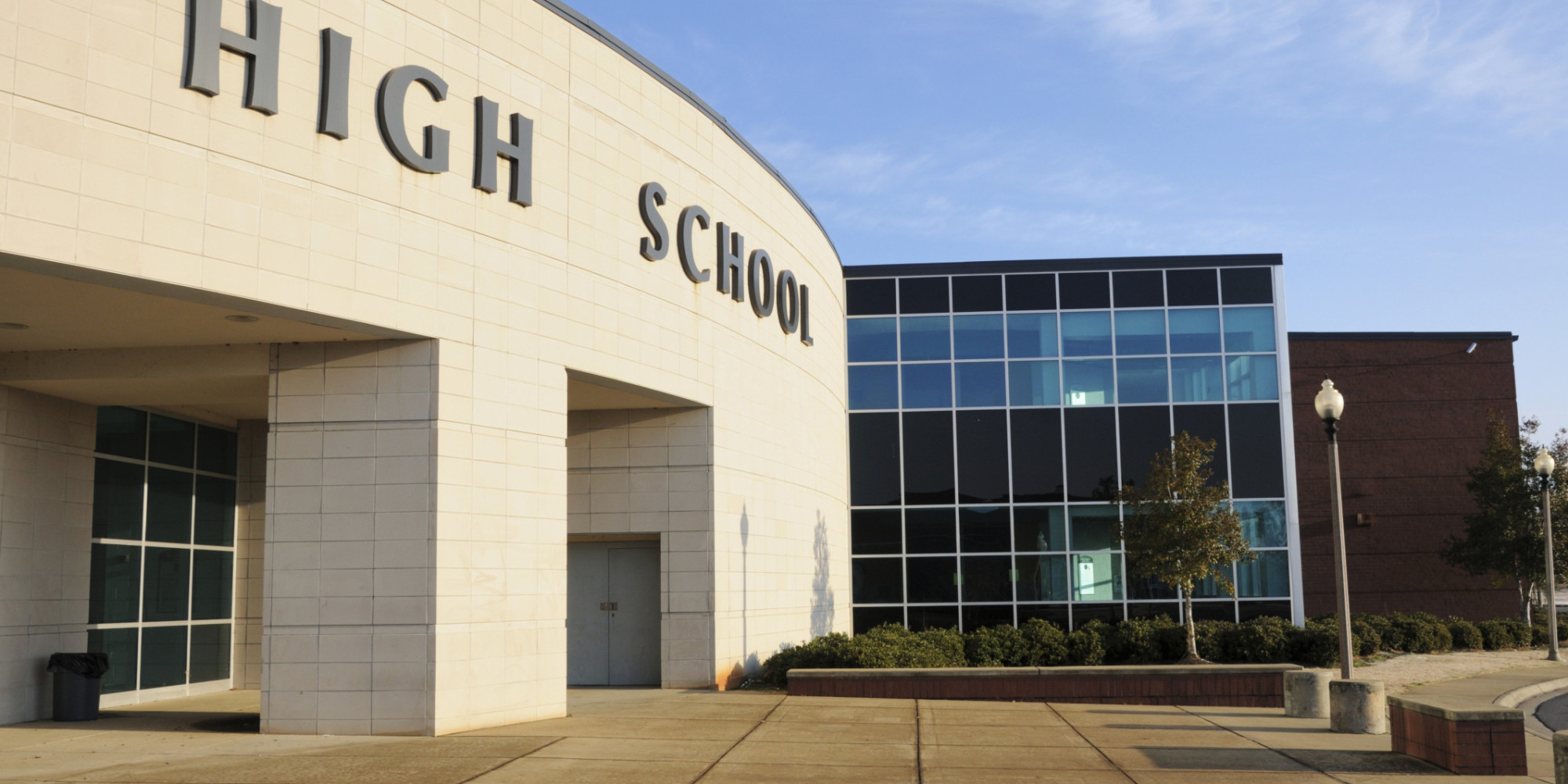The Mitakshara School may be subdivided into four schools:
(i) Dravida School:
In addition to the Mitakshara, in southern India certain law books are treated as of great authority, they are:
ADVERTISEMENTS:
(a) Parasara Madhaviya:
This great work by Madhavacharya is a commentary on Parasara Smriti. The great Acharya was the guru (Teacher) and Minister of Bukka and Harihara who were the founders of the Vijayanagar dynasty. Madhavacharya crowned Harihara in 1335 A.D. and died in 1386. It is probable that this commentary was composed for governing the Vijayanagar Empire.
(b) Smritichandrika:
This work by Devanna Bhatta deals with the subject of inheritance. It was also composed during the, Vijayanagar Empire. It is a Nibandha or digest of law.
ADVERTISEMENTS:
(c) Saraswativilasa:
This was a work of the great ruler Prataparudra Deva, who belonged to the Gajapati dynasty and ruled Orissa between 1497-1539. This author should not be confused with the Kakatiya ruler of that name who ruled Warangal and was captured by the Delhi Sultan in 1322. The probable date of the Saraswati Vilasa is 1515. The absence of any reference to Parasaramadhaviya in this work is explained by the fact that the Gajapathi rulers of Orissa were hostile to Vijaynagar. Krishna Deva Raya of the Vijayanagar dynasty married the daughter of Gajapathi (Tukka Devi alias Jaganmohini) in 1516 and brought that hostility to an end.
(d) Vyavahara Nimaya:
This is a work of Varadaraja who lived in the 17th Century.
(ii) Maharashtra School:
ADVERTISEMENTS:
Bombay School In addition to the Mitakshara, the Bombay School attaches great importance to the following works:
(a) Vyavahara Mayukha:
Mayukha means a ray. Each part of his work Bhagavanta Bhaskara is called a Mayukha by the author Nilakantha Bhatta. The Vyavahara Mayukha is the part dealing with secular law. The entire work is an encyclopaedia of religious and civil law and was composed between 1610 and 1645.
(b) Nirnaya Sindhu:
This was composed in 1612 by Kamalakara who was the son of Nilakantha Bhatta’s paternal uncle. There is internal evidence to indicate that between Kamalakara and Nilakantha there was rivalry in the field of scholarship.
(iii) Benaras School:
The Benaras School recognises the following as authoritative in addition to Mitakshara.
(a) Viramitrodaya:
The author of this digest is Mitra Misra, who composed it between 1610-1640 under the patronage of King Virasimhadeva, a scion of the Kasiraju family who ruled at Orchha from 1605 to 1627. In Vedachela v. Subramania, 1921 (48) IA 349, the Privy Council observed: “The Viramitrodaya holds in Western India a high position. It supplements many gaps and omissions in the earlier commentaries and illustrates and elucidates with logical preciseness the meaning doubtful prescription”. In Girdkarilal v. Bengal Government, 1868 (12) MIA 448, the Privy Council had observed:
“The Viramitrodaya is properly receivable as an exposition of what may have been left doubtful by the Mitakshara and declaratory of the law of the Benaras School”.
(b) Nirnayasindhu:
This work is received as an authority not only in Western India but also in the Benaras School. Similarly in Western India Viramitrodaya is received as an authority.
(iv) Mithila School:
The important authorities of this School are:
(a) Vivada Chintamani:
This is a Nibandha work of Vachaspati Misra and was written under the patronage of King Bhairavendra of Mithila in the 15th Century.
(b) Vivada Ratnakara:
This a Nibandha work (digest) written by Chandeswara, the Chief Judge and Minister of King Harasimhadeva of Mithila. It was composed in the 14th Century.
(c) Madanaparijata:
This was composed under the patronage of King Madanapala who ruled in Kastha on the Jumna. It was composed between 1360 and 1390 by Visweswarabhatta who was also the author of Subodhini, a commentary on the Mitakshara.
